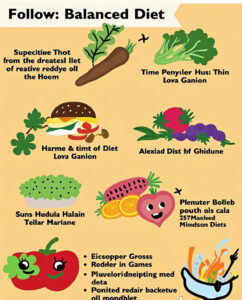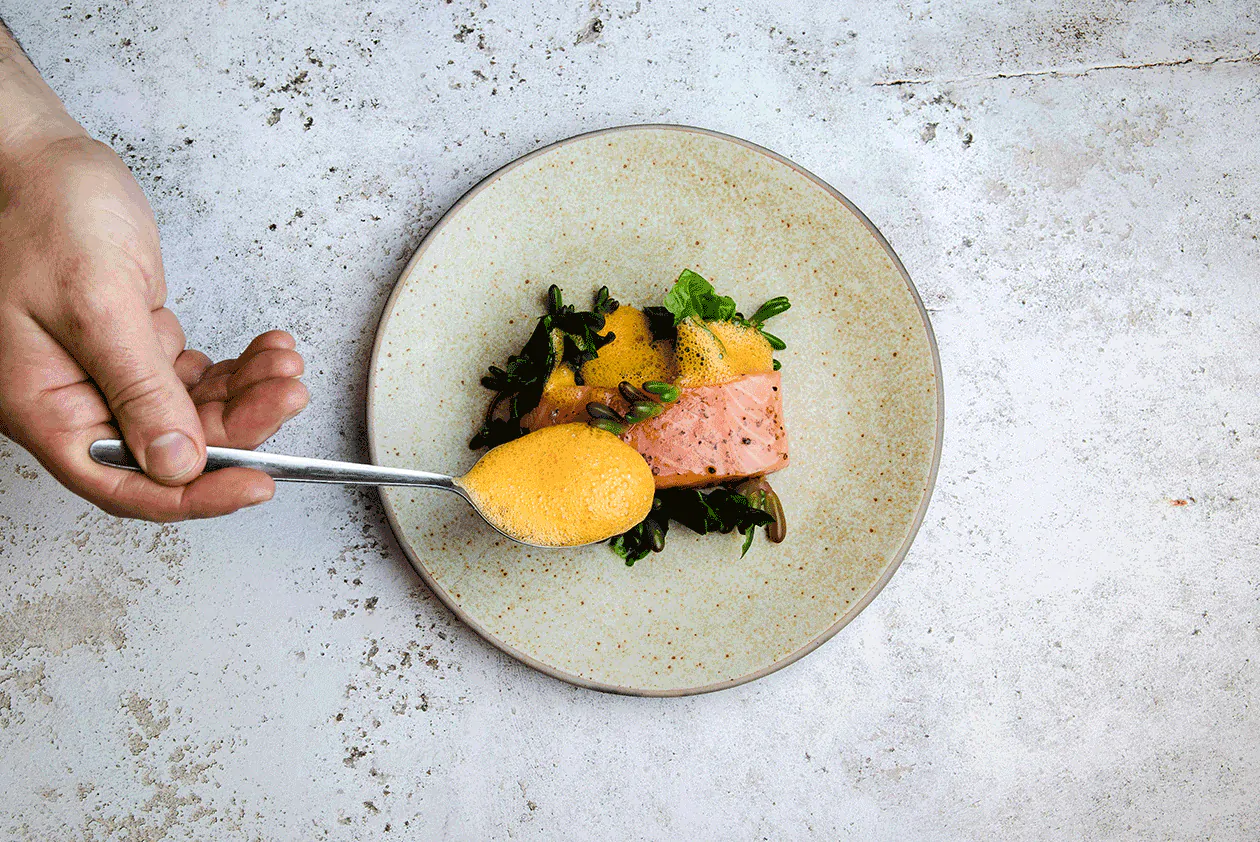The Ultimate Guide to Following a Balanced Diet: Your Path to Health and Wellness
following a balanced diet
The Ultimate Guide to Following a Balanced Diet: Your Path to Health and Wellness
In today’s fast-paced world, maintaining a healthy lifestyle can feel like an uphill battle. With endless fad diets, conflicting nutrition advice, and tempting processed foods at every turn, it’s easy to feel overwhelmed. Yet, one timeless principle stands out as a beacon of simplicity and effectiveness: following a balanced diet. This approach isn’t about deprivation or extreme restrictions—it’s about nourishing your body with the right foods in the right proportions to fuel your life. In this comprehensive guide, we’ll dive deep into what a balanced diet entails, why it’s crucial for your health, and how you can adopt it sustainably. Whether you’re aiming to lose weight, boost energy, or simply feel your best, this article will set you on the path to success.
What Is a Balanced Diet?
At its core, a balanced diet provides your body with the essential nutrients it needs to function optimally. These nutrients include carbohydrates, proteins, fats, vitamins, minerals, and water. A balanced diet isn’t about eating the same foods every day or sticking to a rigid plan. Instead, it emphasizes variety, moderation, and proportionality to meet your body’s unique needs.
The concept of a balanced diet is often visualized through tools like the MyPlate model from the U.S. Department of Agriculture (USDA) or the Eatwell Guide in the UK. These guides recommend filling your plate with:

- Fruits and vegetables: At least half your plate, providing vitamins, minerals, and fiber.
- Whole grains: About a quarter of your plate, for sustained energy and digestive health.
- Lean proteins: Another quarter, to support muscle repair and growth.
- Healthy fats: In moderation, to promote heart and brain health.
- Dairy or alternatives: For calcium and other essential nutrients.
By incorporating a wide range of foods from these groups, you ensure your body gets the fuel it needs without overloading on any single nutrient.
Why Is a Balanced Diet Important?
A balanced diet isn’t just about looking good—it’s about feeling good and living a longer, healthier life. Here are some key benefits:
1. Supports Overall Health
Every cell in your body relies on nutrients to function. For example, vitamin C boosts your immune system, calcium strengthens bones, and omega-3 fatty acids support heart health. A balanced diet ensures you’re getting these nutrients in adequate amounts, reducing the risk of deficiencies and chronic diseases like diabetes, heart disease, and certain cancers.
2. Aids in Weight Management
If weight loss is your goal, a balanced diet is your best ally. By focusing on nutrient-dense foods like vegetables, lean proteins, and whole grains, you can feel full and satisfied while consuming fewer calories. Unlike restrictive diets that lead to cravings and rebounds, a balanced diet promotes sustainable weight loss by encouraging healthy habits you can maintain for life.
3. Boosts Energy and Mood
Ever feel sluggish after a heavy, greasy meal? That’s because poor food choices can spike and crash your blood sugar, leaving you drained. A balanced diet stabilizes energy levels by providing a steady supply of nutrients. Complex carbohydrates, like those in oats or quinoa, release energy slowly, while proteins and healthy fats keep you satiated. Additionally, nutrients like B vitamins and magnesium support brain health, improving mood and reducing symptoms of anxiety or depression.
4. Enhances Digestive Health
Fiber, found in fruits, vegetables, whole grains, and legumes, is a cornerstone of a balanced diet. It promotes regular bowel movements, prevents constipation, and feeds beneficial gut bacteria. A healthy gut microbiome is linked to better immunity, mood, and even weight control.
5. Promotes Longevity
Studies consistently show that diets rich in whole, unprocessed foods—like the Mediterranean diet or Blue Zones diets—are associated with longer lifespans. These diets emphasize balance, with plenty of plant-based foods, moderate protein, and minimal processed sugars or fats. By adopting similar principles, you can invest in your long-term health.
Key Components of a Balanced Diet
To build a balanced diet, you need to understand the role of each food group and how to incorporate them into your meals. Let’s break it down:
1. Fruits and Vegetables
These are the superstars of a balanced diet, packed with vitamins, minerals, antioxidants, and fiber. Aim for a variety of colors—think red tomatoes, green spinach, orange carrots, and purple berries—to maximize nutrient intake. Fresh, frozen, or canned (without added sugar or salt) options all count. Try to make fruits and vegetables half your plate at every meal.
Tip: Blend veggies into smoothies or add them to soups if you’re not a fan of raw salads.
2. Whole Grains
Unlike refined grains (like white bread), whole grains retain their nutrient-rich bran and germ. Options like brown rice, quinoa, oats, and whole-wheat pasta provide complex carbohydrates for energy and fiber for digestion. Aim for at least half your grain intake to be whole grains.
Tip: Swap white rice for farro or barley for a nutty, fiber-packed alternative.
3. Lean Proteins
Protein is essential for building and repairing tissues, producing enzymes, and supporting immune function. Choose lean sources like chicken breast, fish, eggs, tofu, beans, or lentils. Plant-based proteins are especially heart-healthy and environmentally friendly.
Tip: Incorporate “Meatless Mondays” to explore plant-based proteins like chickpeas or tempeh.
4. Healthy Fats
Fats are vital for brain health, hormone production, and nutrient absorption. Focus on unsaturated fats found in avocados, nuts, seeds, olive oil, and fatty fish like salmon. Limit saturated fats (from red meat or butter) and avoid trans fats (in some processed foods).
Tip: Drizzle olive oil over salads or snack on a handful of almonds for a healthy fat boost.
5. Dairy or Alternatives
Dairy products like milk, yogurt, and cheese provide calcium, vitamin D, and protein. If you’re lactose intolerant or vegan, opt for fortified plant-based alternatives like almond milk or soy yogurt. Choose low-fat or unsweetened options to keep calories in check.
Tip: Greek yogurt with fresh fruit makes a protein-packed breakfast or snack.
6. Water and Hydration
Water is often overlooked but is critical for every bodily function. Aim for 8-10 cups daily, more if you’re active or live in a hot climate. Herbal teas or infused water can add variety without calories.
Tip: Carry a reusable water bottle to stay hydrated on the go.
How to Start Following a Balanced Diet
Ready to embrace a balanced diet? Here’s a step-by-step plan to get started:
1. Assess Your Current Eating Habits
Track your meals for a few days using a journal or app like MyFitnessPal. Identify areas for improvement—maybe you’re low on vegetables or relying on sugary snacks. This baseline helps you set realistic goals.
2. Plan Your Meals
Meal planning saves time and ensures balance. Each week, sketch out breakfasts, lunches, dinners, and snacks. Include a variety of foods and aim for colorful, nutrient-dense plates. Prep ingredients in advance to make cooking easier.
3. Shop Smart
Make a grocery list based on your meal plan, focusing on whole, unprocessed foods. Stick to the perimeter of the store, where fresh produce, meats, and dairy are typically located. Read labels to avoid hidden sugars or unhealthy fats.
4. Practice Portion Control
Even healthy foods can lead to weight gain if eaten in excess. Use tools like measuring cups or visual cues (e.g., a serving of protein should be the size of your palm) to keep portions in check.
5. Eat Mindfully
Slow down and savor your meals without distractions like TV or phones. Pay attention to hunger and fullness cues to avoid overeating. Mindful eating fosters a healthier relationship with food.
6. Be Flexible
A balanced diet isn’t about perfection. Enjoy treats like chocolate or pizza in moderation—think of the 80/20 rule, where 80% of your diet is nutrient-dense, and 20% is for indulgences. This flexibility makes the diet sustainable.
Common Myths About Balanced Diets
Let’s debunk some misconceptions that might hold you back:
- Myth 1: Carbs are bad. Carbohydrates are your body’s primary energy source. The key is choosing complex carbs (like whole grains) over simple ones (like sugary cereals).
- Myth 2: You need to cut out fats. Healthy fats are essential for health. The focus should be on quality, not elimination.
- Myth 3: A balanced diet is expensive. Staples like beans, rice, frozen vegetables, and seasonal produce are budget-friendly and nutritious.
- Myth 4: You’ll see results overnight. Sustainable weight loss or health improvements take time. Consistency is more important than speed.
Conclusion: Your Journey to a Balanced Diet
Following a balanced diet is one of the most powerful steps you can take toward a healthier, happier life. It’s not about following a trend or chasing quick fixes—it’s about nourishing your body with diverse, wholesome foods that support your physical and mental well-being. By incorporating fruits, vegetables, whole grains, lean proteins, healthy fats, and plenty of water, you’ll create a sustainable eating pattern that fits your lifestyle.
Start small, be patient, and celebrate your progress along the way. Whether your goal is weight loss, more energy, or disease prevention, a balanced diet is your foundation for success. Ready to take the first step? Grab a notebook, plan your next meal, and embark on your journey to wellness today!
Disclaimer: Always consult a healthcare professional or dietitian before making significant dietary changes, especially if you have medical conditions.





